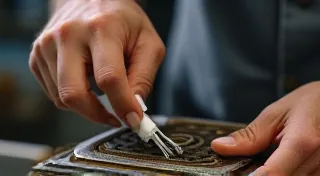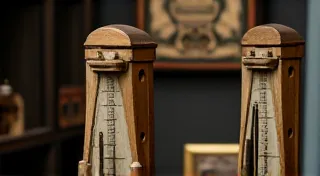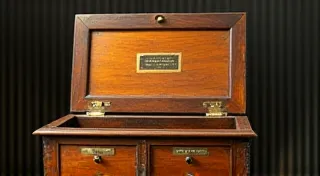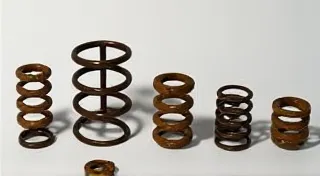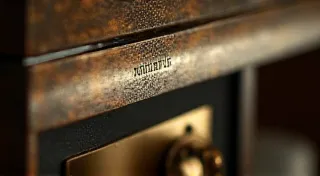Identifying and Correcting Music Box Tempo Issues
One of the most common complaints from owners of antique music boxes is that they play too fast or too slow. This can be frustrating, as it throws off the intended melody and diminishes the enjoyment of the piece. Understanding why this happens and how to correct it is a vital skill for anyone involved in the repair and restoration of these delightful mechanical treasures. This guide will explore the causes of tempo issues and provide practical steps for adjustment.
Understanding Music Box Tempo
The tempo of a music box is determined by the rate at which the cylinder or disc rotates. This rotation is governed by a complex interplay of gears, springs, and sometimes, a governor mechanism. Any slight deviation in the function of these components can alter the speed of the music. It’s crucial to understand that there isn’t always a ‘correct’ tempo – music boxes were often manufactured with slight variations, and the intended speed can sometimes be difficult to ascertain with absolute certainty.
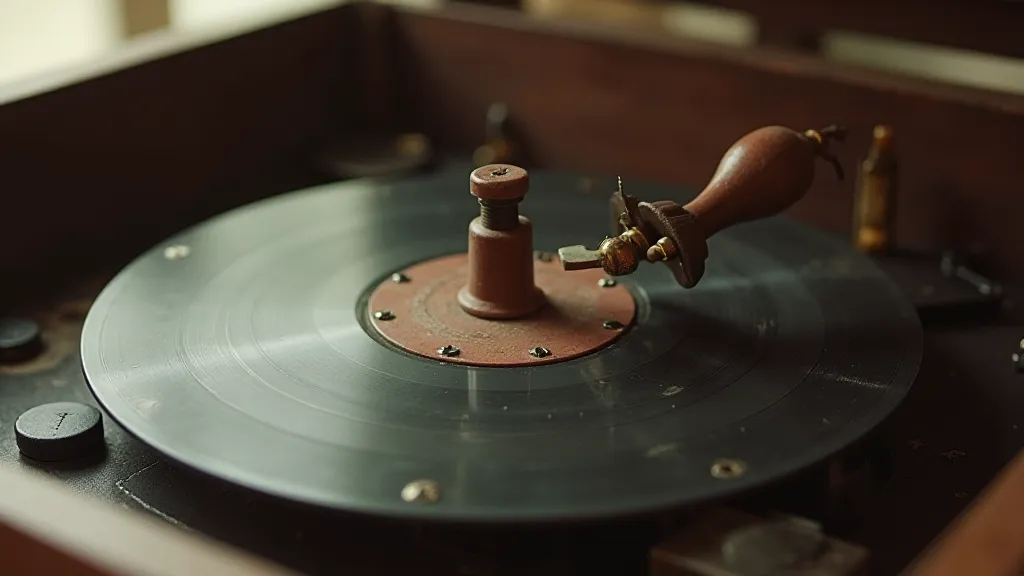
Common Causes of Tempo Problems
Several factors can contribute to tempo variations. Here are some of the most frequent culprits:
- Worn or Broken Springs: The mainspring, responsible for powering the music box, loses its strength over time. A weakened spring will result in slower rotation and a slower tempo. Broken springs are a more obvious cause, effectively stopping the music altogether, or reducing speed substantially.
- Gear Wear and Lubrication: The gears that transmit power from the spring to the cylinder/disc are susceptible to wear and tear. Lack of proper lubrication or excessive dirt can increase friction, slowing down the system.
- Governor Issues (if present): Some higher-end music boxes incorporate a governor, a fly-like mechanism designed to maintain a consistent speed. A malfunctioning governor can cause erratic tempo fluctuations. These often rely on friction, and require cleaning/adjustment.
- Cylinder/Disc Issues: While less common, damage or irregularities on the cylinder or disc itself can affect the timing and therefore, the perceived tempo.
- Loose or Stiff Components: Any component that isn’t moving freely can create drag and impact the overall speed.
Correcting Tempo Issues: Practical Steps
Addressing tempo issues requires a systematic approach. Here's a breakdown of steps you can take, ranging from simple fixes to more complex repairs:
1. Initial Inspection and Cleaning
Begin with a thorough visual inspection. Look for obvious signs of wear, damage, or corrosion. Use a soft brush and appropriate solvent (check compatibility with the music box's materials!) to carefully clean all visible gears and components. Removing dirt and old, hardened lubricant can often improve tempo.
2. Spring Assessment and Replacement
Assess the condition of the mainspring. If it’s visibly weakened or damaged, replacement is often necessary. Sourcing a replacement spring can be challenging; measure the original carefully and look for a close match. Always handle springs with caution – they store a significant amount of potential energy.
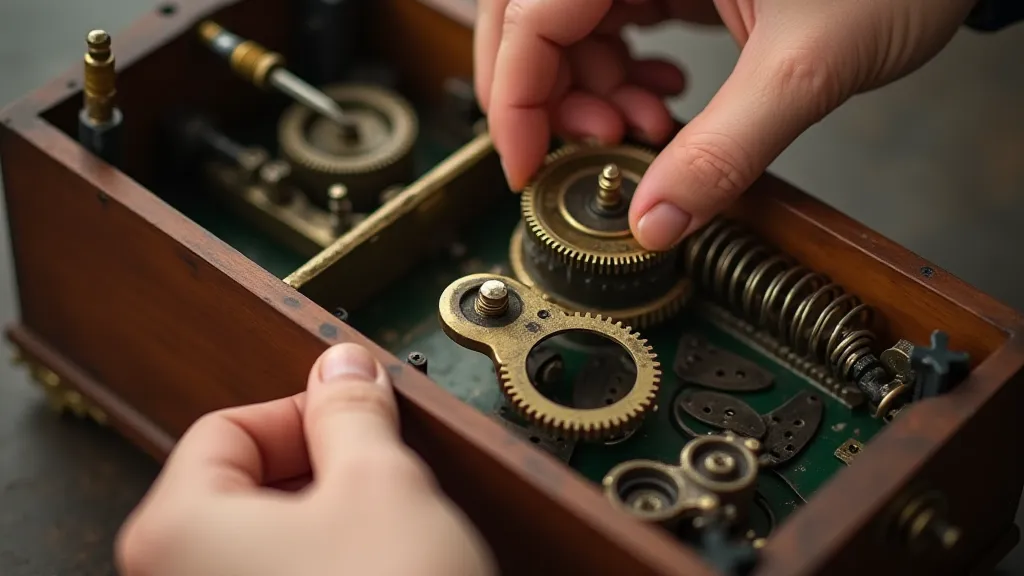
3. Gear Lubrication
Proper lubrication is critical for smooth operation. Use a lubricant specifically designed for delicate mechanical devices (avoid petroleum-based oils, which can damage certain materials). Apply sparingly to gear teeth and pivot points. Too much lubricant can attract dust and create more problems than it solves.
4. Governor Adjustment (if applicable)
If your music box has a governor, examine its function. Adjusting the governor's friction (often by tightening or loosening a screw) can fine-tune the tempo. This requires a delicate touch and careful observation.
5. Component Alignment and Tightening
Ensure all components are properly aligned and securely fastened. Loose screws or misaligned parts can create friction and affect the tempo.

Important Considerations
Repairing antique music boxes requires patience, skill, and attention to detail. If you’re not comfortable working on delicate mechanical devices, it’s best to consult with a qualified professional. Always document your work with photos or notes, and remember that the goal is to restore the music box to its original functionality and beauty, not to force it to play at an arbitrary tempo.
Finally, remember that subtle variations in tempo can be characteristic of older music boxes. Striving for absolute perfection may not always be the best approach – preserving the character and charm of the piece is often just as important.
